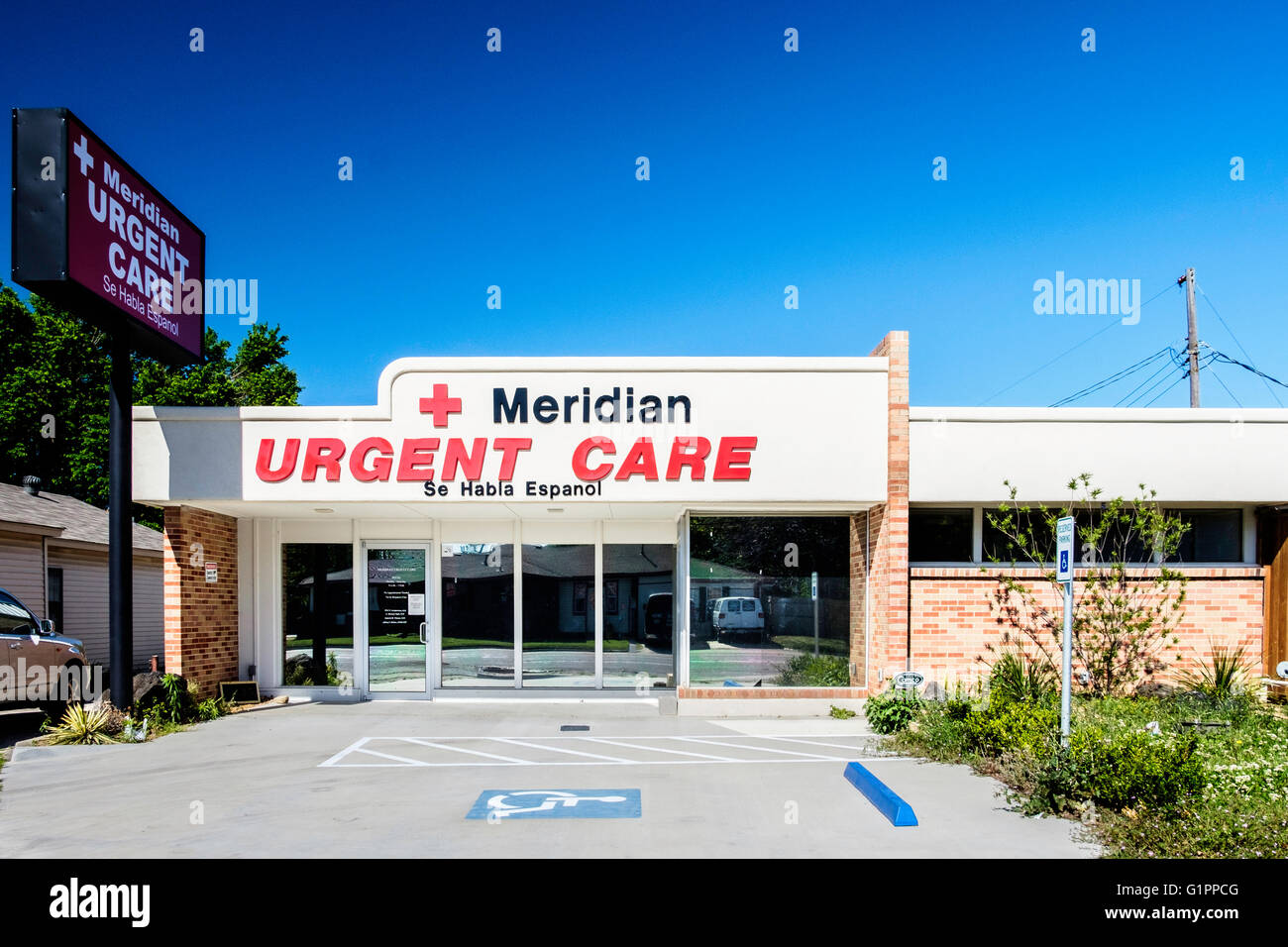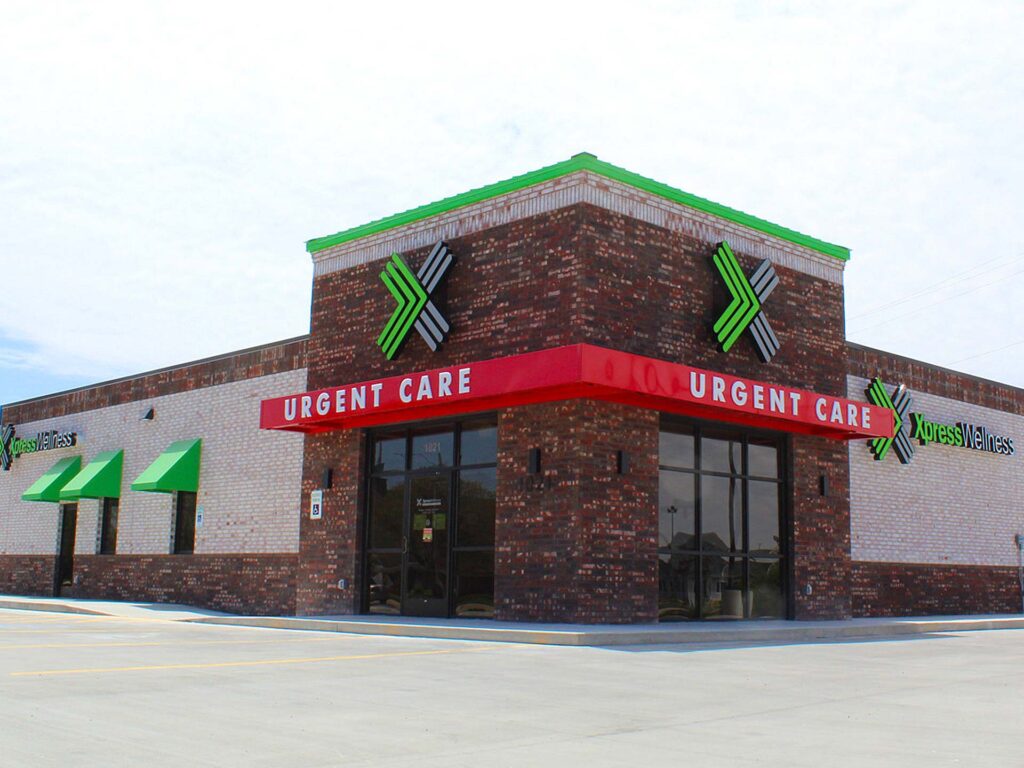Expert Advice on Navigating Clinic Options for Urgent Care
Expert Advice on Navigating Clinic Options for Urgent Care
Blog Article
Comprehending the Role of Urgent Treatment in Giving Timely Treatment for Non-Life-Threatening Conditions
Immediate care facilities have arised as an essential element of the medical care landscape, attending to the prompt demands of individuals with non-life-threatening conditions. Comprehending the subtleties of urgent treatment might dramatically affect patient results and the overall effectiveness of healthcare distribution.
What Is Urgent Care?
Urgent treatment describes a category of clinical services created to resolve non-life-threatening conditions that need prompt attention. These centers function as an intermediary between medical care physicians and emergency areas, supplying a practical choice for clients who need punctual treatment without the substantial waiting times commonly connected with emergency departments.
Immediate treatment centers are usually staffed by clinical experts, consisting of physicians, nurse specialists, and medical professional assistants, who are trained to identify and deal with a vast array of conditions. Usual solutions given by these facilities consist of therapy for small injuries, ailments, and infections, along with diagnostic tests such as X-rays and research laboratory job.
The access of immediate treatment is an essential consider its charm, as lots of facilities operate past routine office hours, including evenings and weekend breaks. When their key care provider might not be available, this extensive schedule allows people to get timely treatment. In addition, immediate care facilities typically approve walk-in individuals, removing the requirement for visits. Overall, immediate care plays an essential function in the health care system, guaranteeing people can access necessary medical solutions promptly and efficiently.

When to seek treatment at an urgent care center instead of a main treatment physician or an emergency situation area,Several individuals might find themselves unclear concerning. Immediate care is developed to attend to non-life-threatening conditions that require prompt focus however are not extreme enough to necessitate an emergency area browse through.
Normally, one ought to take into consideration urgent take care of issues such as minor fractures, sprains, cuts calling for stitches, or infections like urinary system system infections. Furthermore, cold or influenza symptoms, breakouts, and sensitive reactions can likewise be suitably taken care of in this setting.
It is very important to keep in mind that urgent care is not appropriate for dangerous emergency situations, such as chest pain, trouble breathing, or extreme bleeding, which necessitate immediate emergency situation area treatment.
Individuals who lack accessibility to a medical care medical professional or can not secure a timely visit may likewise gain from urgent care solutions. Ultimately, comprehending when to make use of immediate care can bring about extra efficient healthcare delivery, allowing clients to receive the suitable level of care based on their specific health needs.
Advantages of Urgent Care Centers
Choosing immediate treatment facilities for non-life-threatening conditions provides several advantages that improve individual experience and access. One key advantage is the lowered wait times contrasted to traditional emergency situation areas. Immediate care centers normally operate a first-come, first-served basis, permitting patients to get prompt clinical interest without the long hold-ups typically related to medical facility setups.
In addition, immediate care centers supply extensive hours, including weekend breaks and nights, accommodating individuals with differing routines. This flexibility makes sure that people can seek treatment when it is most hassle-free for them, better promoting timely intervention.

Moreover, these centers usually use a comprehensive series of services, consisting of minor treatments and diagnostic examinations, all under one roof covering. This consolidation of services not just streamlines the person experience however additionally fosters a much more natural technique to managing non-life-threatening health and wellness concerns, ultimately benefiting overall client end results.
Usual Problems Dealt With
At urgent Learn More treatment facilities, a selection of Learn More non-life-threatening problems can be efficiently dealt with, giving patients with easily accessible and prompt clinical aid. These centers are especially proficient at dealing with problems that call for timely interest yet do not position an instant risk to life or arm or leg.
Typical conditions dealt with at immediate treatment centers include small injuries such as fractures, stress, and strains. Immediate care facilities are outfitted to do essential diagnostic tests, such as X-rays and lab examinations, enabling them to supply thorough care.
Furthermore, urgent treatment providers can provide inoculations, helping to protect against the spread of infectious diseases - Urgent Care. They also use solutions for minor treatments, such as suturing wounds or draining pipes abscesses. By using these varied services, immediate treatment centers play a crucial function in bridging the space between key care and emergency solutions, ensuring patients obtain timely therapy for a broad array of problems without the demand for long haul times typically associated with emergency clinic
Just How Urgent Care Sustains Health Care System
Immediate treatment centers play a vital duty in sustaining the overall medical care system by minimizing the burden on emergency situation divisions and giving timely access to clinical care for non-life-threatening conditions. By taking care of situations such as small injuries, infections, and ailments, immediate care centers permit emergency departments to focus on even more crucial clients why not find out more requiring immediate interest.
Moreover, immediate care facilities improve health care accessibility, providing extended hours and a more hassle-free alternative to traditional medical care setups. This availability is especially advantageous for patients who may not have a normal medical professional or that require instant treatment outside of normal office hours. Consequently, urgent care centers successfully minimize wait times and enhance patient contentment.
In addition, urgent treatment centers add to cost savings for both people and the medical care system by offering lower-cost services contrasted to emergency situation divisions. This monetary performance is essential in an age of climbing health care expenses, allowing patients to obtain needed care without incurring expensive expenses.
Final Thought
To conclude, urgent treatment facilities play an important role in the healthcare system by delivering timely treatment for non-life-threatening problems. By connecting the void in between health care and emergency clinic, these centers make sure that people get timely medical attention without the prolonged delay times generally linked with emergency departments. The availability and effectiveness of immediate care centers add considerably to relieving the general burden on health care resources, boosting person end results, and advertising an extra efficient healthcare shipment system.
Immediate care facilities have emerged as an important element of the health care landscape, addressing the prompt demands of patients with non-life-threatening problems. Urgent treatment brows through generally incur reduced out-of-pocket costs compared to emergency situation division gos to, making care much more budget-friendly for individuals without jeopardizing top quality. Immediate care facilities are geared up to execute necessary diagnostic tests, such as X-rays and lab examinations, enabling them to give thorough treatment.
By providing these varied solutions, urgent treatment facilities play a vital function in linking the space in between key care and emergency situation solutions, guaranteeing clients receive timely treatment for a vast variety of conditions without the requirement for long wait times generally linked with emergency situation rooms.
Moreover, urgent treatment centers improve health care accessibility, using extensive hours and a more convenient option to standard main care setups.
Report this page